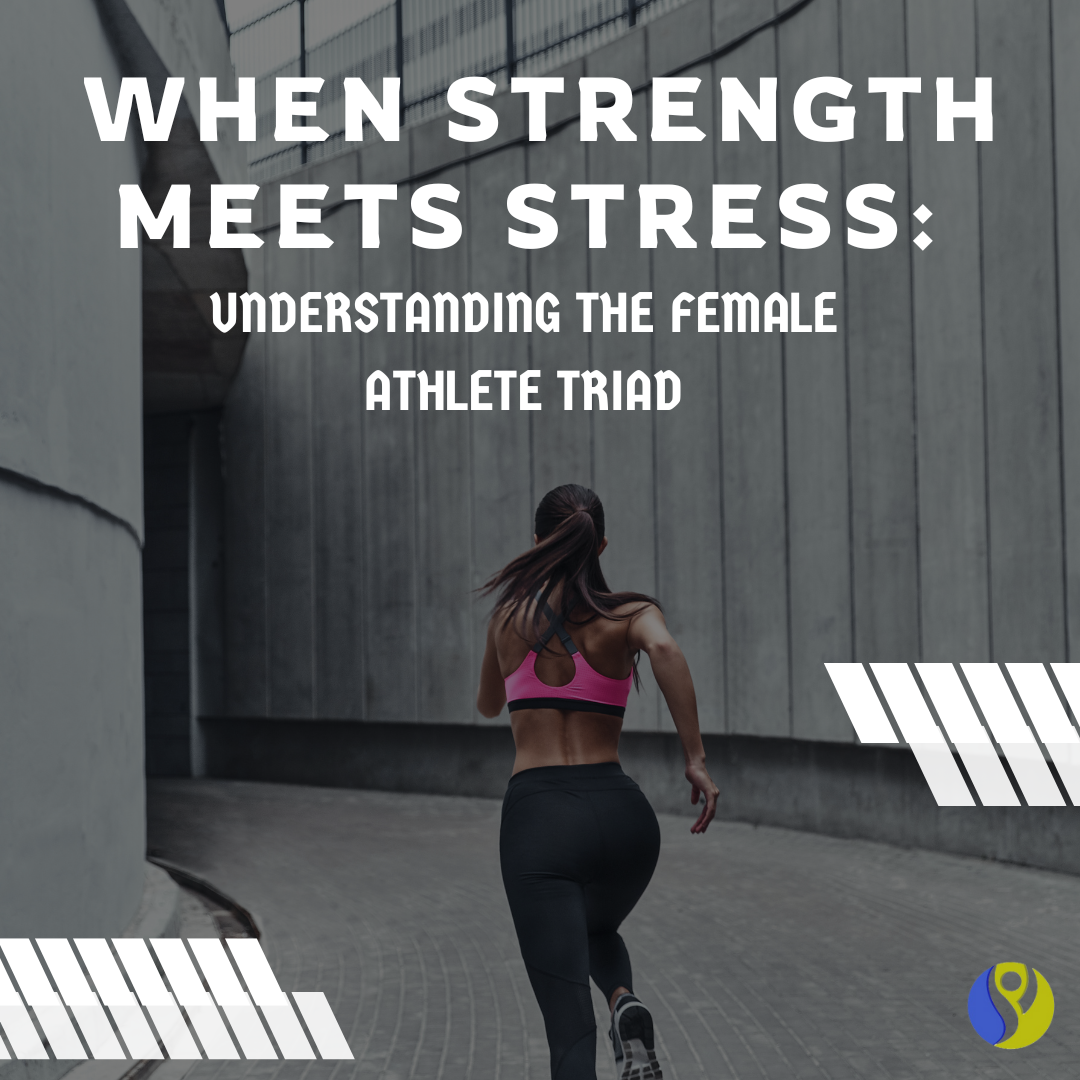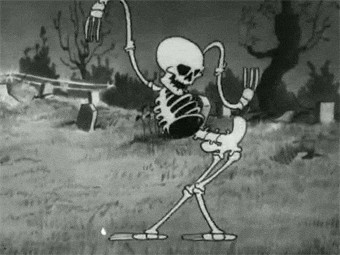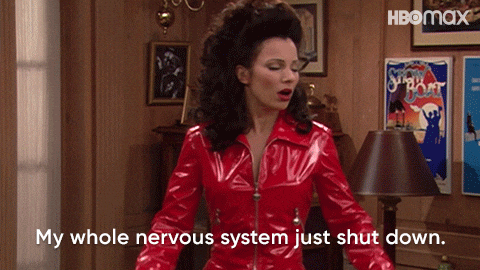🏃♀️When Strength Meets Stress: Understanding the Female Athlete Triad
💪 What Is the Female Athlete Triad?
The Female Athlete Triad isn’t about three sports or three stretches, it’s a medical syndrome describing the interaction of three interconnected conditions seen in physically active women:
Low energy availability (with or without disordered eating)
Menstrual dysfunction (irregular or absent periods)
Decreased bone mineral density (osteopenia or osteoporosis)
Originally identified in the 1990s, this triad represents a spectrum of health consequences when the body’s energy intake doesn’t meet energy expenditure, often from intensive training without adequate recovery or nutrition (Clin J Sport Med, 2014; NIH Office of Research on Women’s Health).
⚖️ The Science Behind the Triad
Low Energy Availability
Athletes who consume fewer calories than they expend — intentionally or unintentionally — create an energy deficit.
This imbalance can alter hypothalamic-pituitary-gonadal axis function, suppressing reproductive hormones such as estrogen (J Clin Endocrinol Metab, 2020).
Menstrual Dysfunction
Low estrogen levels lead to amenorrhea (loss of menstruation). Johns Hopkins Medicine notes that prolonged amenorrhea can cause decreased bone remodeling, impaired performance, and increased injury risk.
Low Bone Density
Estrogen is a key player in bone metabolism. Chronic deficiency leads to reduced bone mineral density, leaving athletes prone to stress fractures and chronic musculoskeletal pain (Bone, 2019).
Over time, the triad doesn’t just affect performance; it affects long-term skeletal health and increases the risk of premature osteoporosis.
🧠 How Chiropractic Care May Help
Chiropractic doesn’t replace nutritional or hormonal management — but it does play a critical supportive role in the musculoskeletal, neuromuscular, and recovery aspects of the triad.
Think of chiropractic as the biomechanical bridge that helps restore function while the athlete’s metabolic and hormonal systems recover.
🩺 Improving Biomechanics and Preventing Overuse Injuries
Athletes with low bone density are more susceptible to microtrauma and stress fractures.
Chiropractic assessments can identify movement dysfunctions, muscular imbalances, and joint restrictions that increase biomechanical stress.
Spinal and extremity adjustments can:
Reduce asymmetrical loading on weight-bearing joints
Enhance neuromuscular coordination
Improve range of motion and athletic efficiency
A systematic review in the Journal of Manipulative and Physiological Therapeutics (2021) found that chiropractic care improves functional movement patterns and helps prevent recurrence of musculoskeletal injuries when integrated with exercise therapy.
🌿 Supporting Recovery and Nervous System Balance
High training volume, poor recovery, and nutritional restriction place the body in a chronic sympathetic state (“fight or flight”).
Spinal manipulation has been shown to influence autonomic regulation, promoting parasympathetic activation and stress recovery (Front Neurol, 2018).
This can help female athletes improve:
Sleep quality
Heart rate variability
Recovery time between workouts
🧍♀️ Pain Reduction Without Medication
For athletes struggling with musculoskeletal pain or stress fractures, chiropractic offers non-pharmacologic relief.
Manual therapies like soft tissue mobilization, myofascial release, and low-force adjustments can reduce pain signaling, improve local circulation, and support healing — without compromising competition eligibility.
NIH-funded research confirms that manual therapies are effective adjuncts for chronic musculoskeletal pain, particularly when combined with nutrition and training modifications (Pain Med, 2020).
🦴 Posture and Core Stability for Bone Health
A weakened skeletal system requires stability and balance.
Chiropractors often integrate stabilization exercises, proprioceptive training, and postural correction to reduce the risk of spinal and hip stress fractures.
This functional approach aligns with evidence showing that resistance and impact training improve bone mass and joint resilience (Osteoporos Int, 2021).
🍎 Holistic Team Approach
Addressing the Female Athlete Triad requires collaboration among:
Chiropractors — for spinal and musculoskeletal care
Sports dietitians — for restoring caloric and nutrient balance
Physicians or endocrinologists — for hormonal monitoring
Mental health professionals — for disordered eating support
When these professionals coordinate care, athletes recover faster and more sustainably.
A 2019 PubMed review found that multidisciplinary rehabilitation models produce significantly better outcomes than isolated treatment for energy deficiency disorders (Curr Sports Med Rep, 2019).
🧩 The Takeaway
The Female Athlete Triad reminds us that strength isn’t just about performance; it’s about physiological balance. Your bones, hormones, and muscles all run on the same energy currency. Chiropractic care supports this balance by optimizing movement, reducing stress, and helping your body perform at its best, naturally.
Because real strength isn’t pushing harder; it’s recovering smarter. 💫
🧾 References
De Souza MJ, et al. “2014 Female Athlete Triad Coalition Consensus Statement.” Clin J Sport Med. 2014;24(2):96–119.
Gordon CM, et al. “Functional hypothalamic amenorrhea and bone health.” J Clin Endocrinol Metab. 2020;105(3):e938–e954.
Ackerman KE, et al. “Low bone density in athletes: mechanisms and management.” Bone. 2019;120:537–545.
Haavik H, et al. “Impact of spinal manipulation on neurophysiological function.” Front Neurol. 2018;9:454.
Goertz CM, et al. “Effectiveness of chiropractic care for chronic musculoskeletal pain.” Pain Med. 2020;21(2):254–265.
Watson SL, et al. “Exercise for bone health: systematic review.” Osteoporos Int. 2021;32(1):11–25.
Tenforde AS, et al. “Multidisciplinary management of the Female Athlete Triad.” Curr Sports Med Rep. 2019;18(7):251–256.





